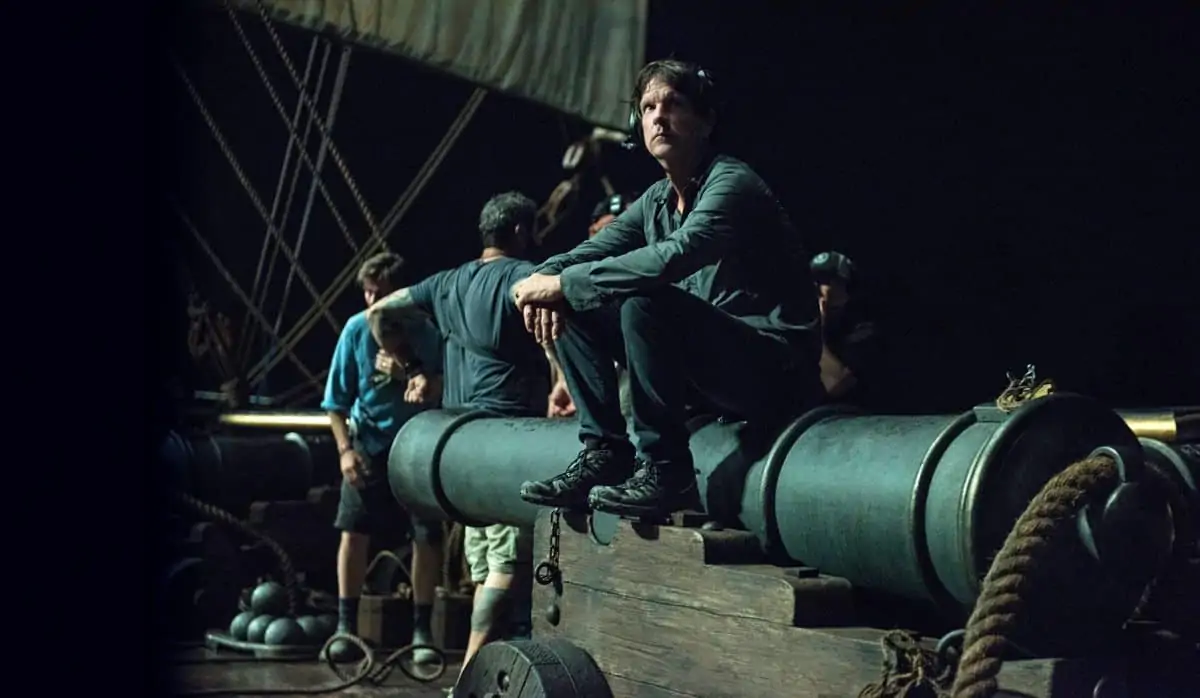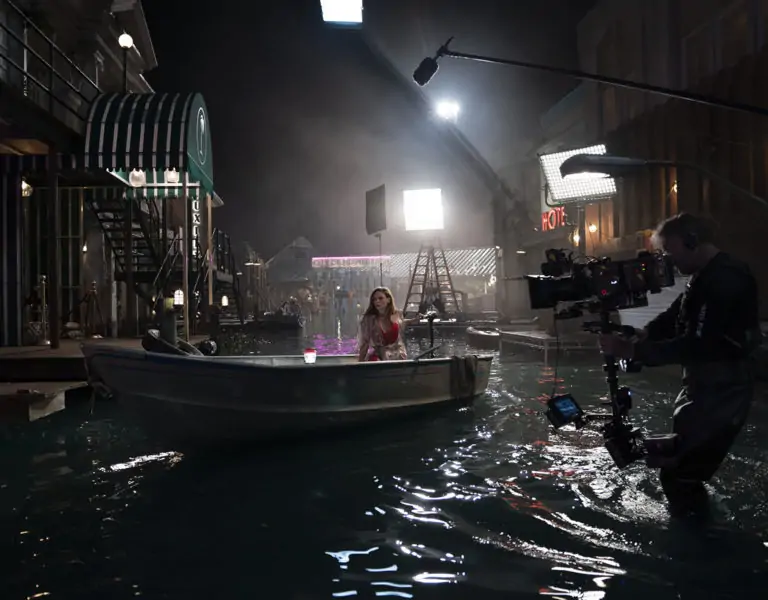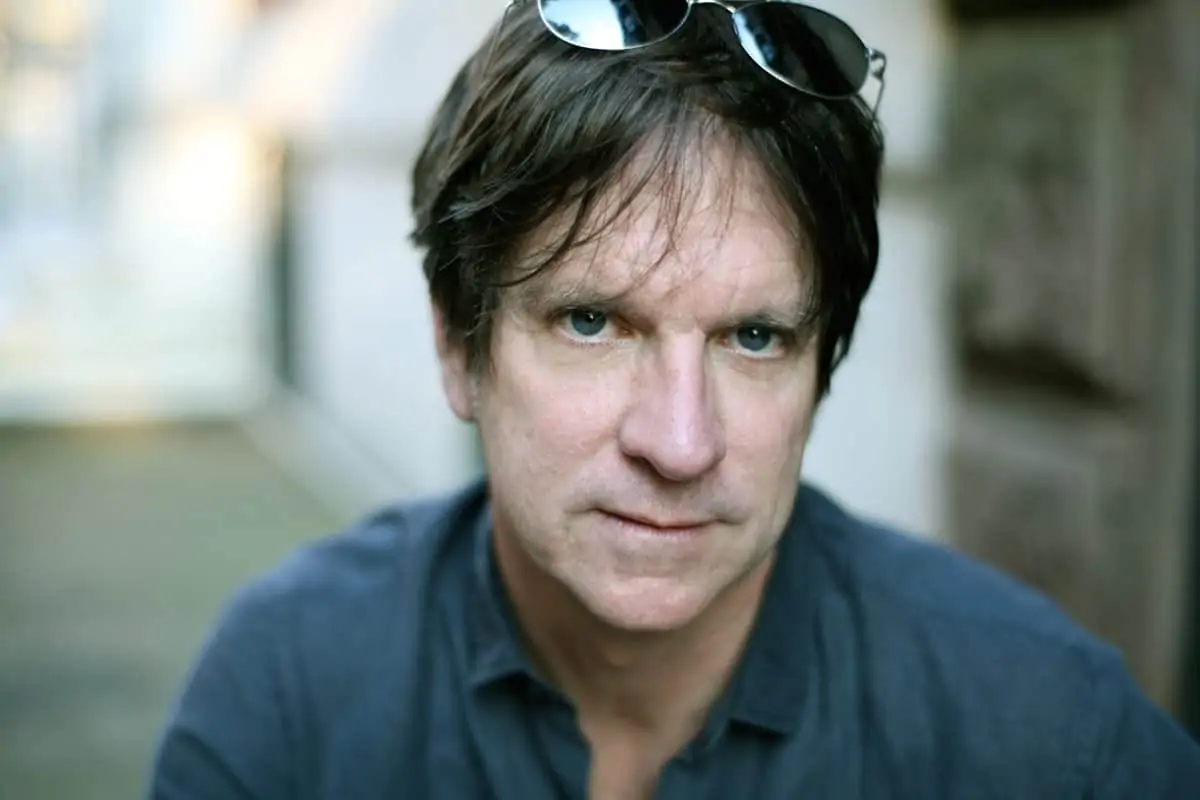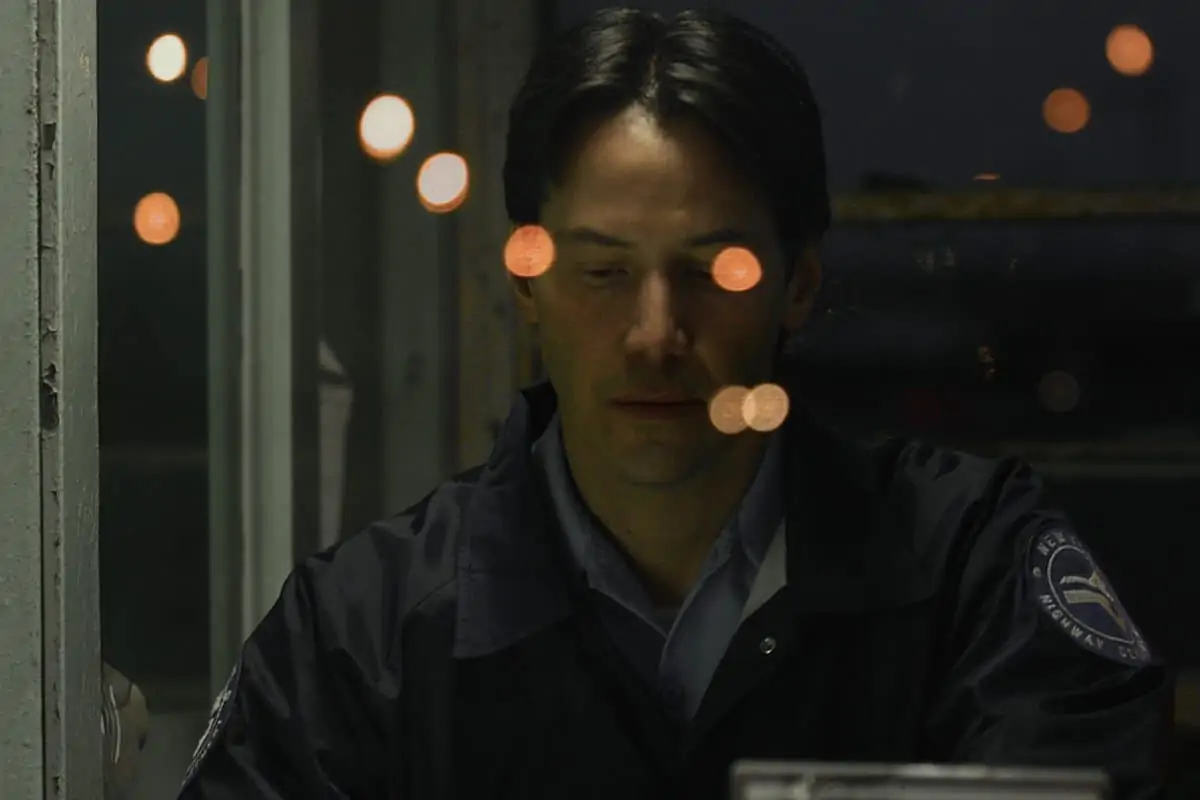Robot wars
Paul Cameron ASC / Westworld
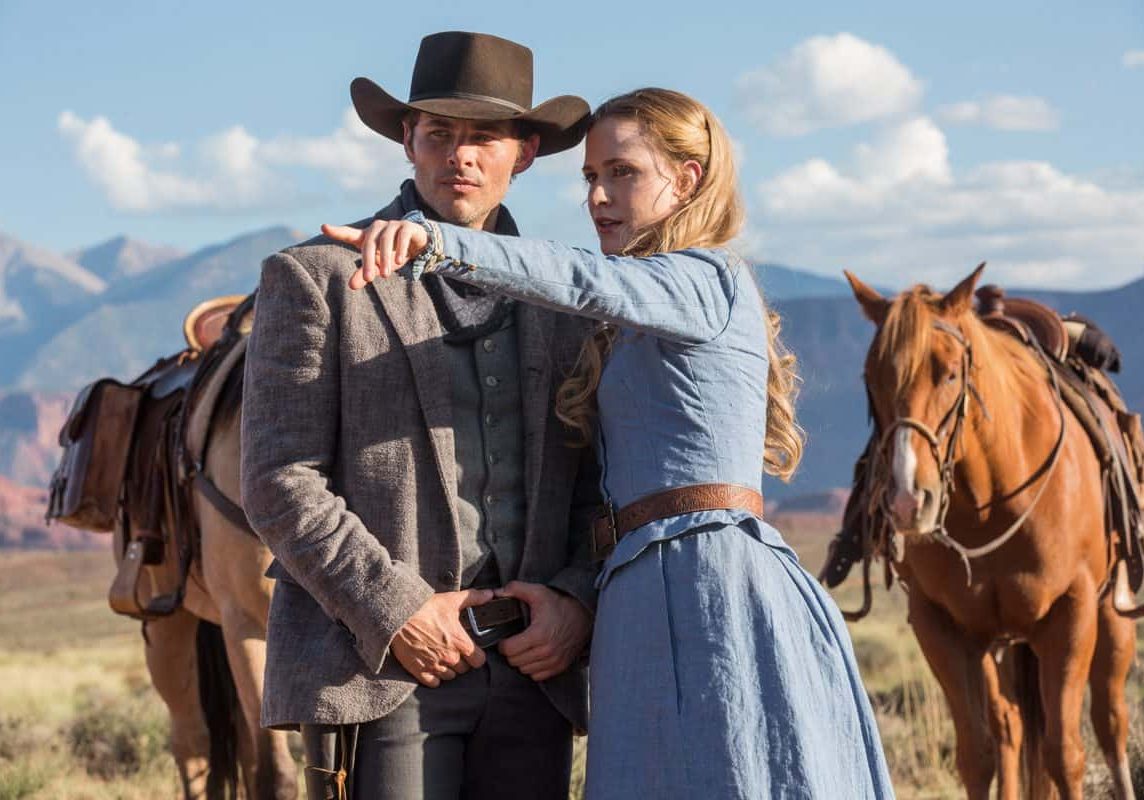
Robot wars
Paul Cameron ASC / Westworld
BY: Trevor Hogg
Back in 1973, an adult-oriented theme park became the fearsome battleground between android hosts and human guests in the sci-fi thriller Westworld. Now that directorial debut of Michael Crichton, who also wrote the original screenplay, has had a major upgrade by director Jonathan Nolan and writer Lisa Joy who together have reimagined Westworld for HBO.
“The pressure on the pilot was massive. There were high expectations for the series,” states cinematographer Paul Cameron ASC, who is known for lensing Man On Fire (2004, dir. Tony Scott) and Collateral (2004, dir. Michael Mann). “Jonathan, the production designer Nathan Crowley, and I, wanted a big-scale cinematic feel all-around. Jonathan brought that to the content. Nathan brought that to the concept of the park. Hopefully I brought it to the cinematography. I was pushing to shoot in iconic places, like Moab, Utah, specifically the Harley Bates Ranch, where I shot a lot of commercials with Tony Scott. I know the land well there, what you can do with the horses, where you can track alongside, and where to find the aerial views. We also brought a number of set walls from California locations to Moab so as to incorporate reverse angles with the real views.”
“Melody Ranch [which was also used for TV series Deadwood] was where we shot the Western town, which is the centre of Westworld,” says Cameron, who conducted 20 days of principal photography in August 2014. “It’s been shot for decades by many of the best cinematographers in the world. Fortunately, it is laid out well for sun direction.”
The location was given a facelift, including the addition of a practical train. “Nathan, Jonathan and I thought this is a place where people are spending a lot of money to go to fulfil their fantasies, so it needed to be fresh and clean, yet be authentic. The biggest practical set was the saloon. It was a challenge because we were shooting throughout the day in the middle of the summer in California. There’s a swinging wooden door with people going in and out, and a number of large windows on the ground floor. I had to bring the light levels up to match the exterior. We designed an elaborate rig of 4K’s. It’s always a challenge with light to maintain the quality and feel along with volume.”
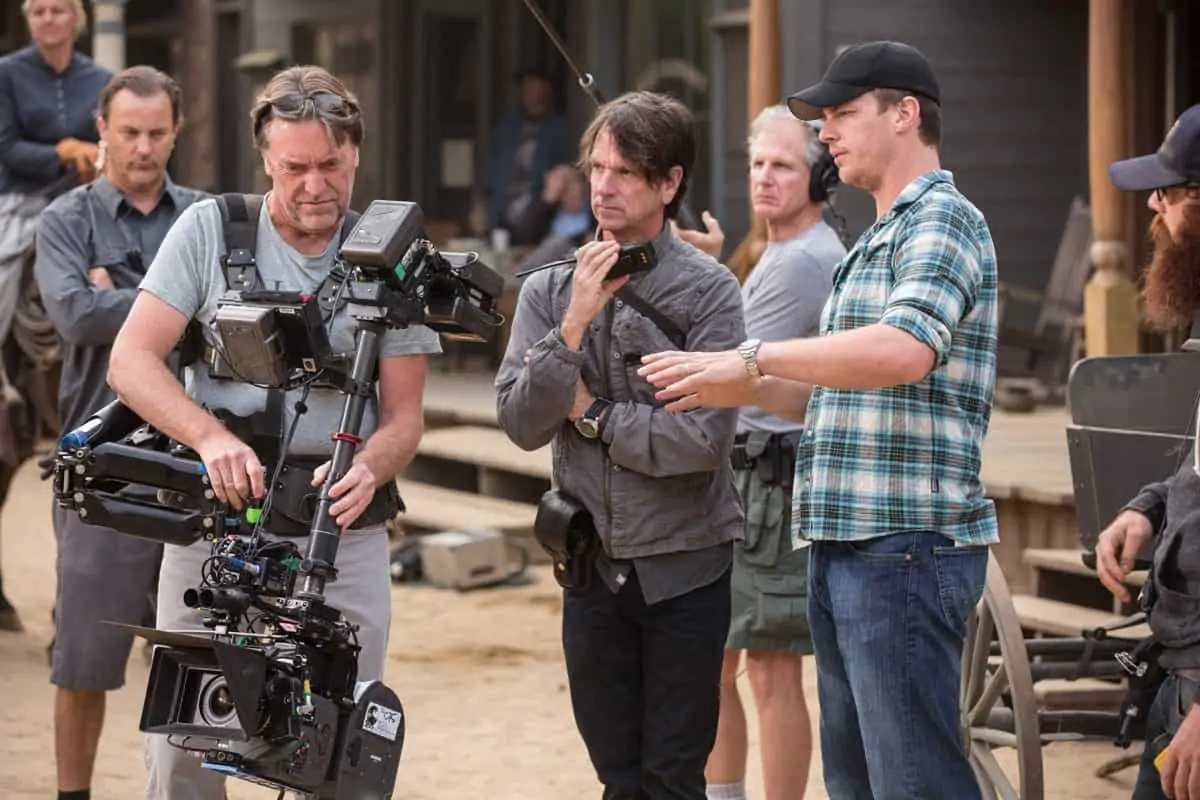
In the pilot, the action goes down underground to the bottom of the Westworld facility, to the place where decommissioned bodies are taken, “We used an empty and decrepit shopping centre location, known as the Hawthorne Mall, which was perfect for the basement of Westworld,” he says. “The other main floors of the underground headquarters have a clinical appearance and consist of all glass walls, which in themselves proved a massive lighting challenge. There’s a control room with a 25ft circular rotating 3D map of the complete Westworld Park. The idea is that some of the employees spin the map to keep an eye on the Hosts and the Guests throughout the 50-mile square area. The map would have normally been a bluescreen VFX shoot, but Jonathan asked, if we could do this as a practical effect. Nathan designed a 3D plaster topographic map from a satellite image of the Moab area, around Dead Horse Point. I designed an overhead spinning projection system with two 2K digital projectors. Another challenge on that set was the red plexiglass that circles the entire set. Gorgeous but another 360-degree reflective light challenge.”
Regarding the production format for the new series Cameron recalls, “The first time I met Jonathan I asked if he would consider shooting on film, to which he replied, ‘We’re absolutely shooting film’, and I was thrilled to hear that. I shot on 3-perf 35mm on Kodak Vision 3 5207 250D, 5245 50D and 5219 500T stocks. I utilised 5219 in the control room and diagnostic centre. Day interiors and exteriors I shot predominately on the 5245. I prefer the natural richer blacks, contrast and colour rendition on that stock.”
The camera equipment for the pilot was provided by Keslow Camera in Los Angeles, comprising of Arricam LTs and 235s, with Cooke S-4 Primes and Fujinon Premier zoom lenses. For the flashbacks Cameron used a set of K35 Canons, which are old lenses that have a lot of flaring and halation. For lighting day exteriors he employed multiple Arrimax 18Ks on Maxi Movers. Many stages were rigged with LXR 12K pars on travellers through an overhead silk through a concrete coffered ceiling designed by Crowley, along with MacTech LEDs.
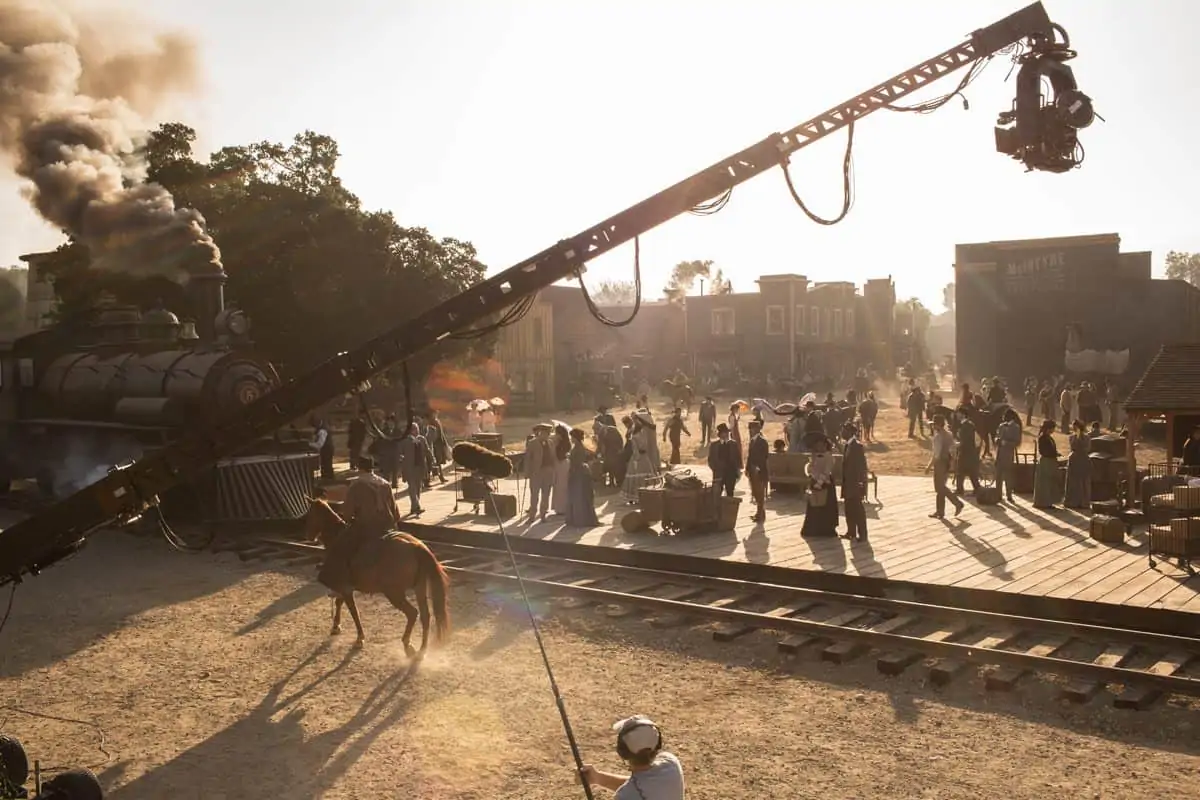
"Jonathan (Nolan), the production designer Nathan Crowley, and I, wanted a big-scale cinematic feel all-around. Jonathan brought that to the content. Nathan brought that to the concept of the park. Hopefully I brought it to the cinematography."
- Paul Cameron ASC
“It would be typical for Jonathan and I to scout a location numerous times,” notes Cameron. “We’d go back again with a couple of stand-ins, photograph our angles, figure out the action and camera moves, and shot list from there. Once on-set we did the blocking and played around to see if the shot list worked. Sometimes we stuck with it but sometimes we abandoned or altered it to the new blocking and action.”
Two key members of the camera crew stand out. “Chris Haarhoff was the A-camera/Steadicam operator, and Barry Idoine was on B-camera. Both of them are strong camera operators and have great progressive attitudes on-set and bring a lot to the table,” says Cameron. “Most of the time two cameras were deployed. We had specific Steadicam moves which were based on a mechanical movement to give the impression that the camera was being controlled in the control room.”
Westworld features the acting talents of Anthony Hopkins, Ed Harris, Evan Rachel Wood, James Marsden, Thandie Newton, Jeffrey Wright, Sidse Babett Knudsen, Ingrid Bolsø Berdal, Luke Hemsworth and Clifton Collins, Jr.. “This was an epic project with opportunities for everybody involved, and that’s why it attracted an amazing cast across the board,” remarks Cameron. “I enjoyed the scenes with Anthony Hopkins and Jeffrey Wright having philosophical discussions. It’s always satisfying to light a scene and watch fabulous performances. Ed Harris has a few pivotal scenes that reveal his true nature as an evil character.”
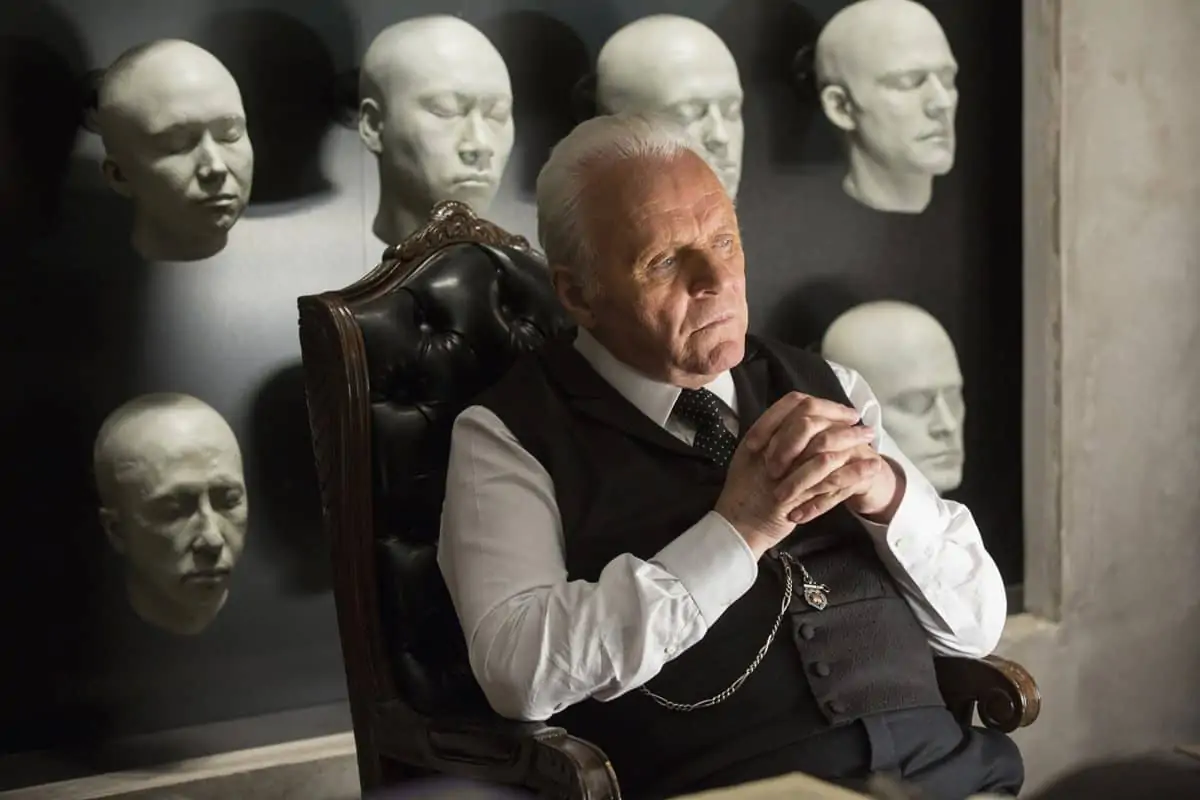
He continues: “I am looking forward to people’s reactions to Westworld, from the experience of being in the town to the challenges of looking behind-the-scenes, and the two worlds eventually colliding,” states Cameron who was recently in London shooting The Commuter with Liam Neeson, directed by Jaume Collet-Serra. He says that Blade Runner (1982, DP Jordan Cronenweth) had an influence on the production, “from the archetypical character point-of-view, where these replicant-like characters develop emotions.”
Overall, Cameron reports an enjoyable experience on the project. “I felt fortunate to be approached for a show like this. It was a great opportunity. Nathan provided brilliant sets. The biggest challenge was to make it great for Jonathan, Lisa and HBO. I think of Jonathan, Nathan and I as one of the best collaborations, and I hope to have that again.”







